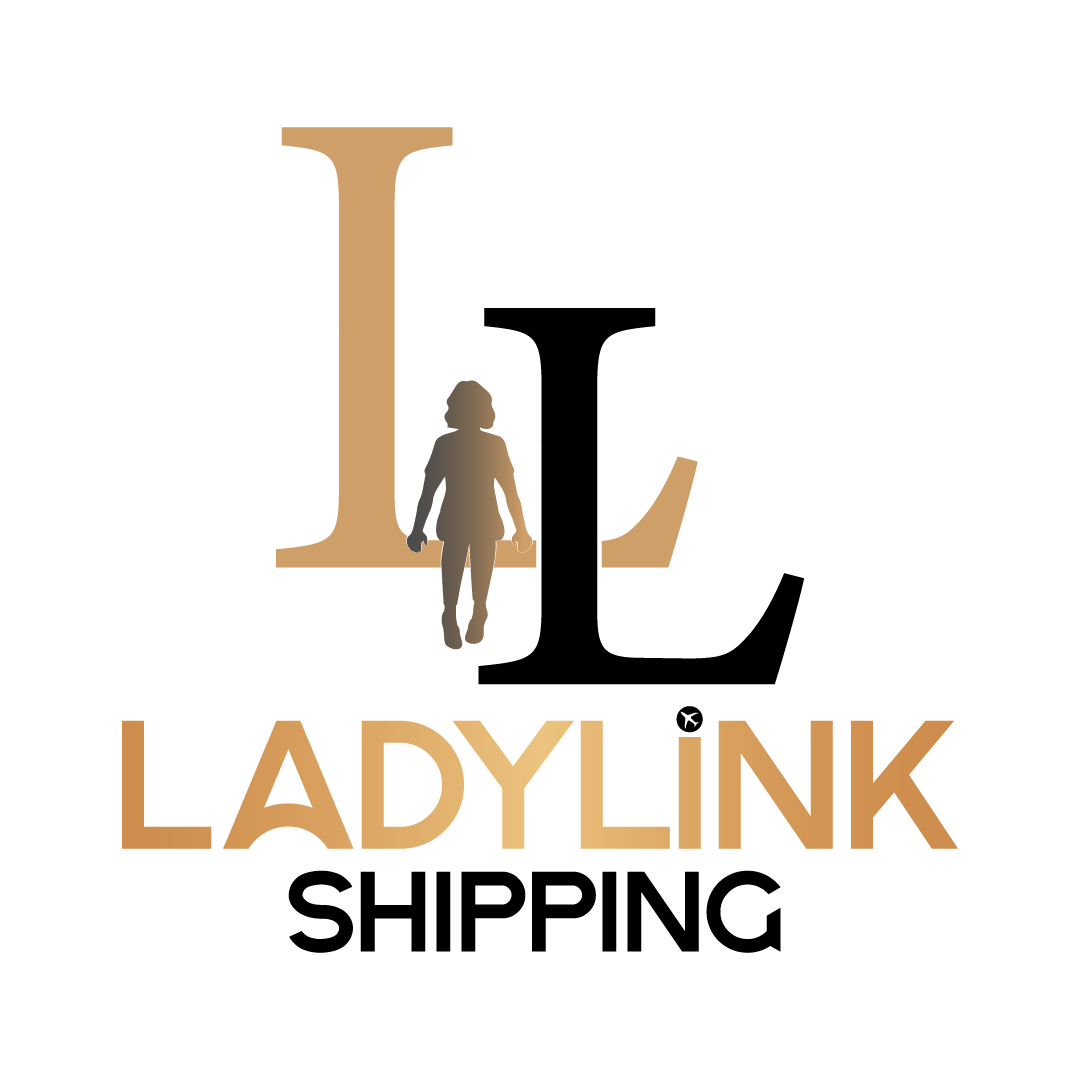Shipping Glossary
1. Bill of Lading (BL)A legal document issued by a carrier to acknowledge receipt of cargo for shipment. It serves as a contract for the transportation of goods and a receipt for the cargo.
2. Airway Bill (AWB)A shipping document used for air cargo. It serves as a receipt for the goods, a contract for carriage, and proof of the terms and conditions agreed between the shipper and the airline.
3. Customs ClearanceThe process of getting goods through customs to allow them to enter or leave a country. This includes the submission of documentation, payment of duties, and inspection by customs authorities.
4. Freight ForwarderA third-party logistics provider who arranges the transportation of goods on behalf of importers or exporters. Freight forwarders manage shipments, including booking cargo space, preparing documents, and arranging customs clearance.
5. IncotermsInternationally recognized trade terms used to define the responsibilities of buyers and sellers in terms of shipping costs, risks, and delivery responsibilities. Examples include FOB, CIF, and EXW.
6. Harmonized System (HS) CodeAn international system for classifying traded products. Each product is assigned an HS code, which helps in determining tariffs and taxes for imports and exports.
7. Importer Exporter Code (IEC)A unique code issued by the Directorate General of Foreign Trade (DGFT) to Indian businesses for international trade. The IEC is mandatory for anyone importing or exporting goods in India.
8. Import DutyA tax imposed on goods brought into a country. The rate of duty depends on the type of goods and their classification under the Harmonized System (HS) Code.
9. Bill of EntryA legal document filed by an importer to declare the goods being imported into the country to customs authorities. It includes details like the description, value, and classification of goods.
10. LCL (Less Than Container Load)A shipping term used when goods do not fill an entire shipping container. LCL shipments are consolidated with other shipments to fill a full container.
11. FCL (Full Container Load)A shipping term used when a shipment occupies the entire space of a container. The cargo is typically owned by a single shipper.
12. Customs Bonded WarehouseA secure storage facility authorized by customs where goods can be stored without the payment of duties and taxes, typically while awaiting clearance or further processing.
13. Freight CollectA term used in shipping where the buyer (consignee) is responsible for paying the freight charges upon delivery of the goods.
14. Freight PrepaidA term where the seller (shipper) is responsible for paying the freight charges before the shipment is dispatched.
15. Packing ListA document that provides details of the contents of a shipment, including item descriptions, quantities, and packaging specifics. It is used for customs clearance and logistics purposes.
16. Shipping InstructionA document issued by the shipper to the freight forwarder detailing how the goods should be transported, including the destination, method of transport, and any specific handling requirements.
17. Sea WaybillA non-negotiable document used in sea freight transactions to confirm receipt of goods and provide instructions for delivery without requiring physical presentation of the document.
18. TransshipmentThe process of transferring cargo from one vessel or vehicle to another during transport, typically at an intermediate port or location.
19. TariffA schedule of duties and taxes applied to imports and exports. Tariffs are based on the HS Code and are used to determine the import duty rates.
20. Certificate of OriginA document used in international trade to certify the origin of the goods being shipped. It may be required for tariff or trade agreement purposes.
21. Transit TimeThe total time it takes for goods to travel from the point of origin to the destination, including all transportation and customs processes.
22. ImporterThe person or business entity that brings goods into a country from another country, typically responsible for paying the import duties and clearing the goods through customs.
23. ExporterThe person or business entity that sends goods from one country to another, often responsible for preparing the necessary export documentation and ensuring compliance with export regulations.
24. ContainerizationThe use of standardized shipping containers to transport goods by sea, air, or land. This method simplifies the logistics process and ensures goods are securely transported.
25. WarehousingThe storage of goods in a warehouse facility before or after transportation, sometimes used as part of the supply chain process for goods awaiting clearance or distribution.
26. Shipping LineA company that operates ships that carry cargo for international trade. Shipping lines typically offer services on specific routes and provide container shipping.
27. Air FreightA method of shipping goods via air transport, typically used for fast deliveries of goods that require time-sensitive delivery or high-value items.



